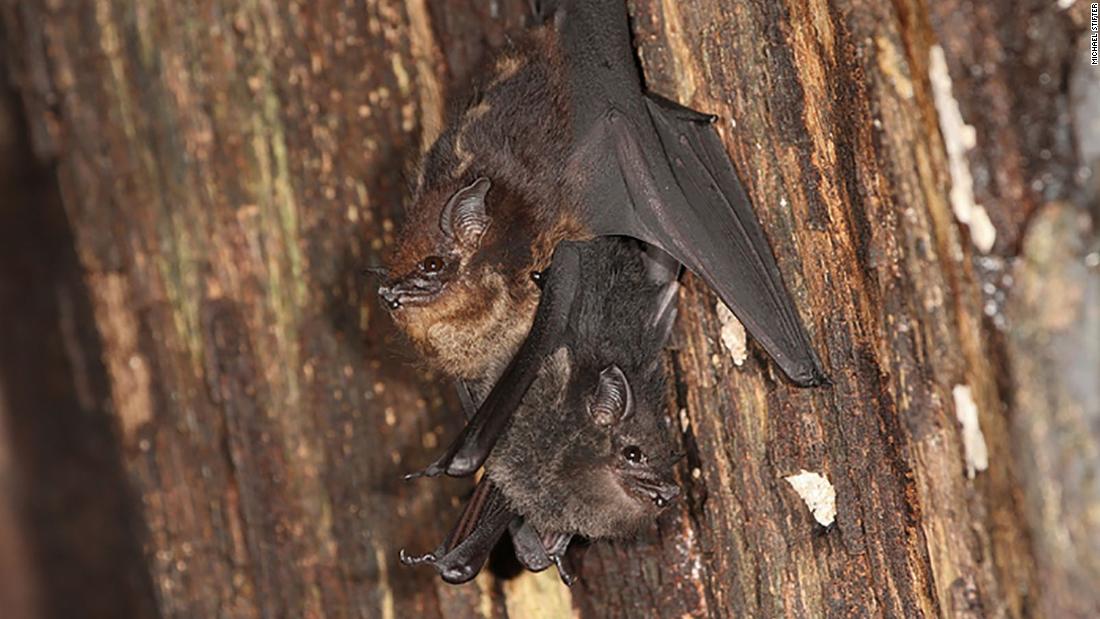
Scientists from the Museum of Natural History in Berlin eavesdropped on 20 baby bats -- called pups -- and found that, just like humans, they practice making noises before learning how to talk to others.
The greater sac-winged (Saccopteryx bilineata) bat pups were observed in their natural habitats in Panama and Costa Rica.
Researchers took daily audio and video recordings of the pups, tracking them from birth until weaning, which for most bats is around three months. Their lifespan is typically seven years.
They found the male and female pups babbled daily for around seven weeks, with the "babbling bouts" of "long multisyllabic vocal sequences" lasting up to 43 minutes at a time.
Human babies, the study authors said, babble to gain control over their tongue, lips and jaw and their vocal system.
Rarely seen behavior
But babbling, or vocal imitation, they added, "is rare in the animal kingdom" and up to now had only been observed in songbirds -- though only male songbirds engage in this behavior.
This is the first time another mammal has been documented as using vocal practice behavior, they said, with both male and female bats engaging in babbling.
The researchers took the recordings back to Germany to study them.
They found interesting parallels between the characteristics of bat babbling and human babbling.
"For example, pup babbling is characterized by reduplication of syllables, similar to the characteristic syllable repetition -- (such as) 'dadada' -- in human infant babbling," said study co-author Lara Burchardt.
The researchers said they hoped the findings would lead to more investigation into speech development in the human and animal kingdom and, ultimately, the evolutionary origin of human language.
Sophisticated communication
Ahana Aurora Fernandez, the lead researcher on the study, told CNN that as well as mimicking the sounds of adults, the pups were also observed learned the songs of the adult males.
"Bats are fascinating creatures, they are animals with highly complex social lives (and) many species live in stable perennial groups for their entire life," she said.
"What probably most people don´t know is... that many (bat) species have sophisticated social vocal communication.
"Everybody knows that they use echolocation to navigate and forage but what is really interesting is how many vocalizations are used to mediate social interactions. And bats sing -- like songbirds," she added.
"Song is often produced in high frequencies so we can't hear it, but if we could we would realize that our nights are filled with (the) songs of bats," she said.
The study was published in the journal Science on Thursday.
https://ift.tt/3sGx17l
Science
No comments:
Post a Comment